In the realm of radio communication, understanding the concepts of frequency and wavelength is crucial for both enthusiasts and professionals. This guide delves into these fundamental ideas, providing insights that are both informative and practical.
The Basics of Frequency and Wavelength
Frequency refers to the number of times a wave oscillates per second and is measured in Hertz (Hz). Wavelength, on the other hand, is the distance between successive peaks of a wave. The relationship between these two properties is critical in determining how radio waves propagate and interact with the environment.
Series and Parallel Circuits
To understand frequency and wavelength, it’s helpful to first grasp the basics of electric circuits. A series circuit, where components are arranged in a line, allows current to flow through one component after another, much like watching a Netflix series episode by episode. In contrast, a parallel circuit allows current to flow through multiple components simultaneously.
Alternating Current (AC)
Most electrical systems operate on alternating current (AC), where the flow of electricity periodically reverses direction. In the UK, AC is delivered at 50 Hz, meaning the current changes direction 50 times per second. In the USA, this frequency is 60 Hz. Large generators in power stations produce these frequencies, with massive magnets rotating to create the necessary alternating currents.
Sound and Frequency
Sound is another area where frequency plays a significant role. Human hearing ranges from approximately 30 Hz (deep, low sounds) to 15,000 Hz (high-pitched sounds). In communication systems like telephones, the range is typically from 300 Hz to 3,000 Hz, ensuring clear voice transmission over long distances.
Radio Frequencies
Radio frequencies (RF) operate at much higher ranges. For amateur radio operators, frequencies can span from 135.7 kHz to several gigahertz (GHz). For example, a common amateur radio frequency is 7.2 MHz, which means the wave oscillates 7.2 million times per second.
The Speed of Light and Wavelength Calculation
Radio waves travel at the speed of light, approximately 300 million meters per second. To calculate the wavelength, you can use the formula:
For instance, at 7.2 MHz, the wavelength is calculated as follows:
This means that each wave is 41.67 meters long.
Practical Applications
Understanding these principles is essential for setting up and optimizing radio communication systems. For instance, knowing the wavelength helps in designing antennas that are efficient and effective for specific frequencies. This knowledge also aids in troubleshooting and improving signal clarity.
Conclusion
Frequency and wavelength are fundamental concepts in radio communication, impacting everything from basic circuits to complex transmission systems. By mastering these ideas, radio enthusiasts and professionals can enhance their understanding and performance in the field.
Future Topics
In upcoming discussions, we will explore topics like analog to digital conversion, transmitters, and the differences between AM, FM, and SSB. Stay tuned for more insightful content that bridges the gap between theory and practical application.

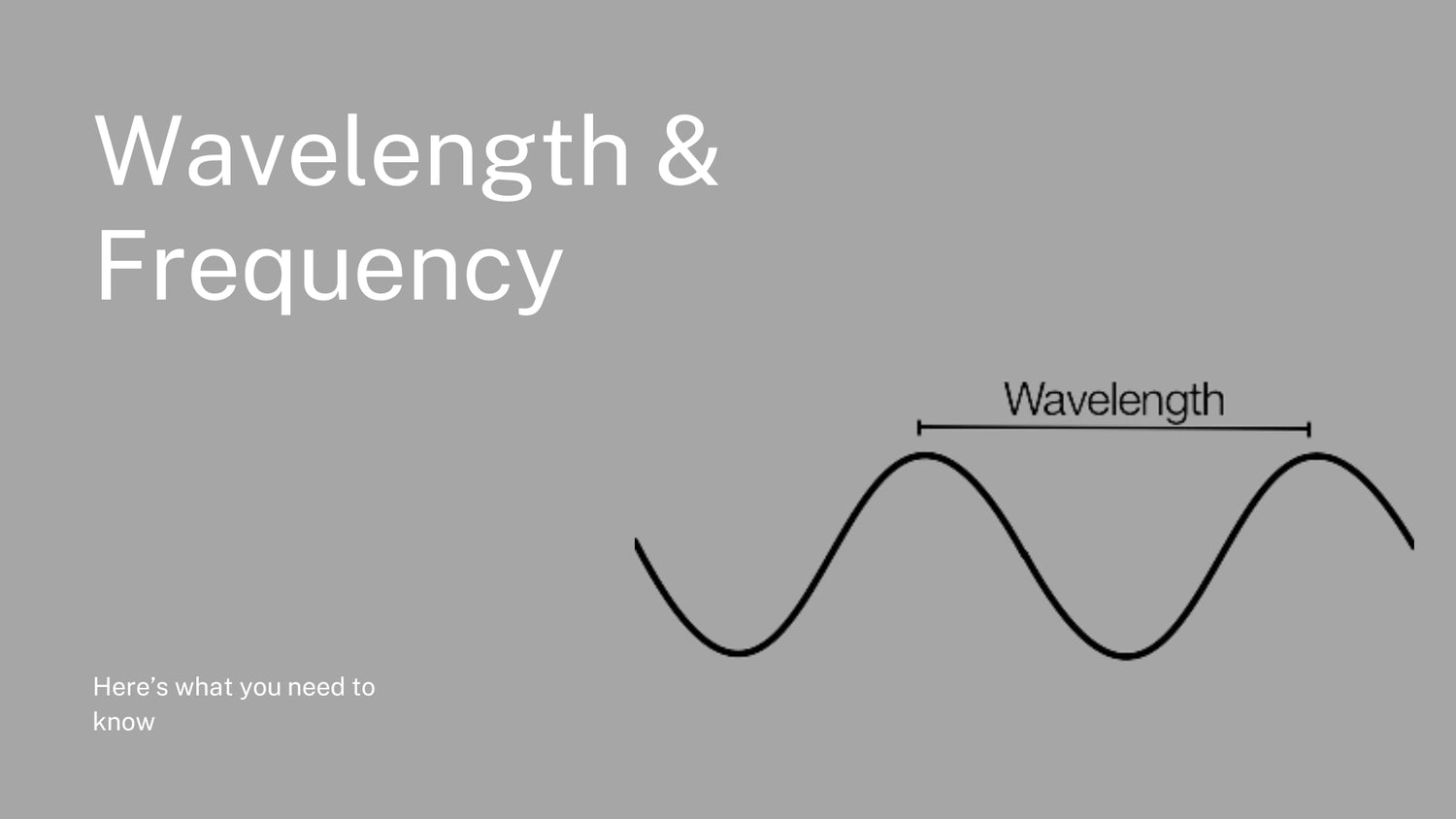
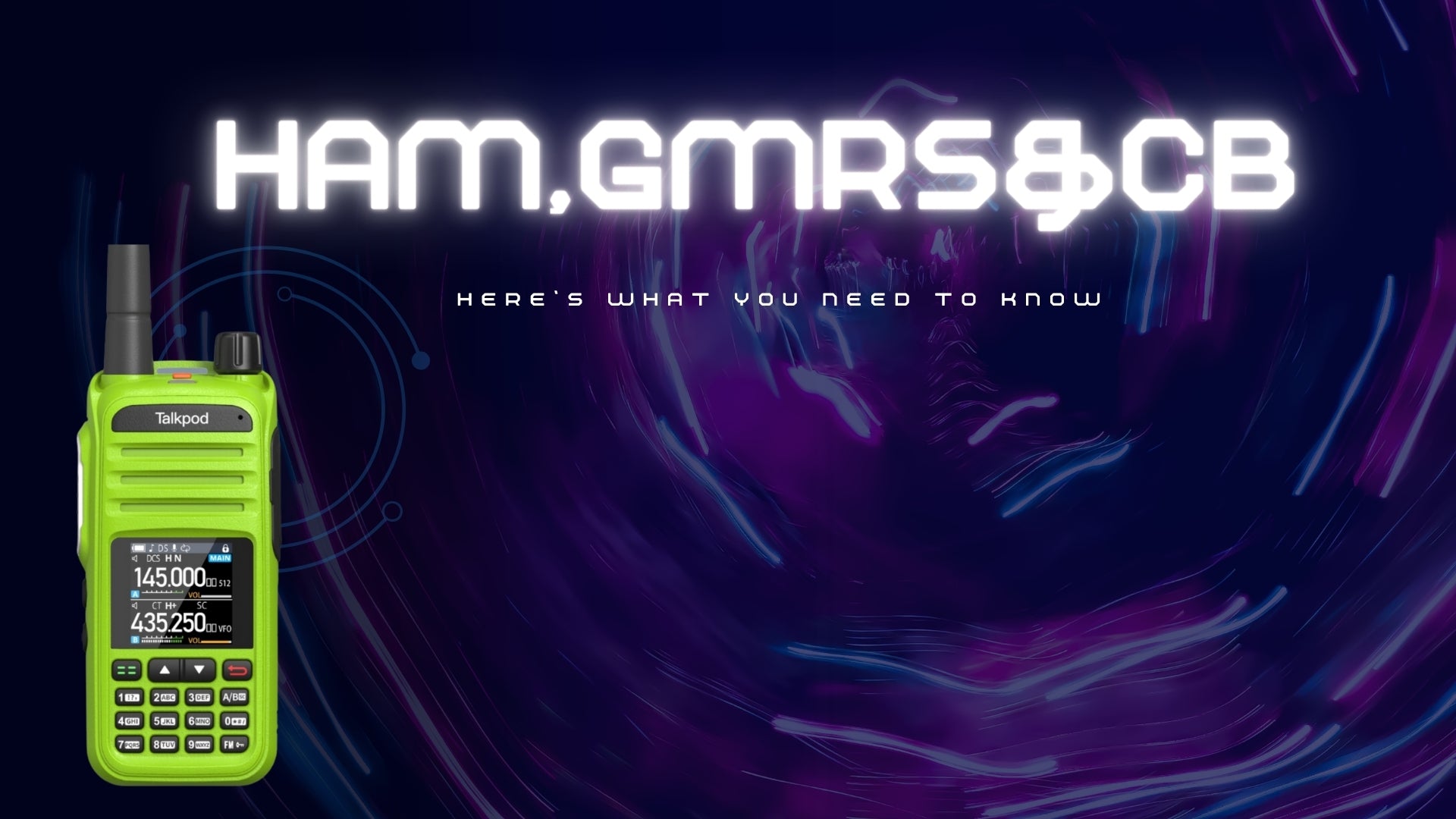
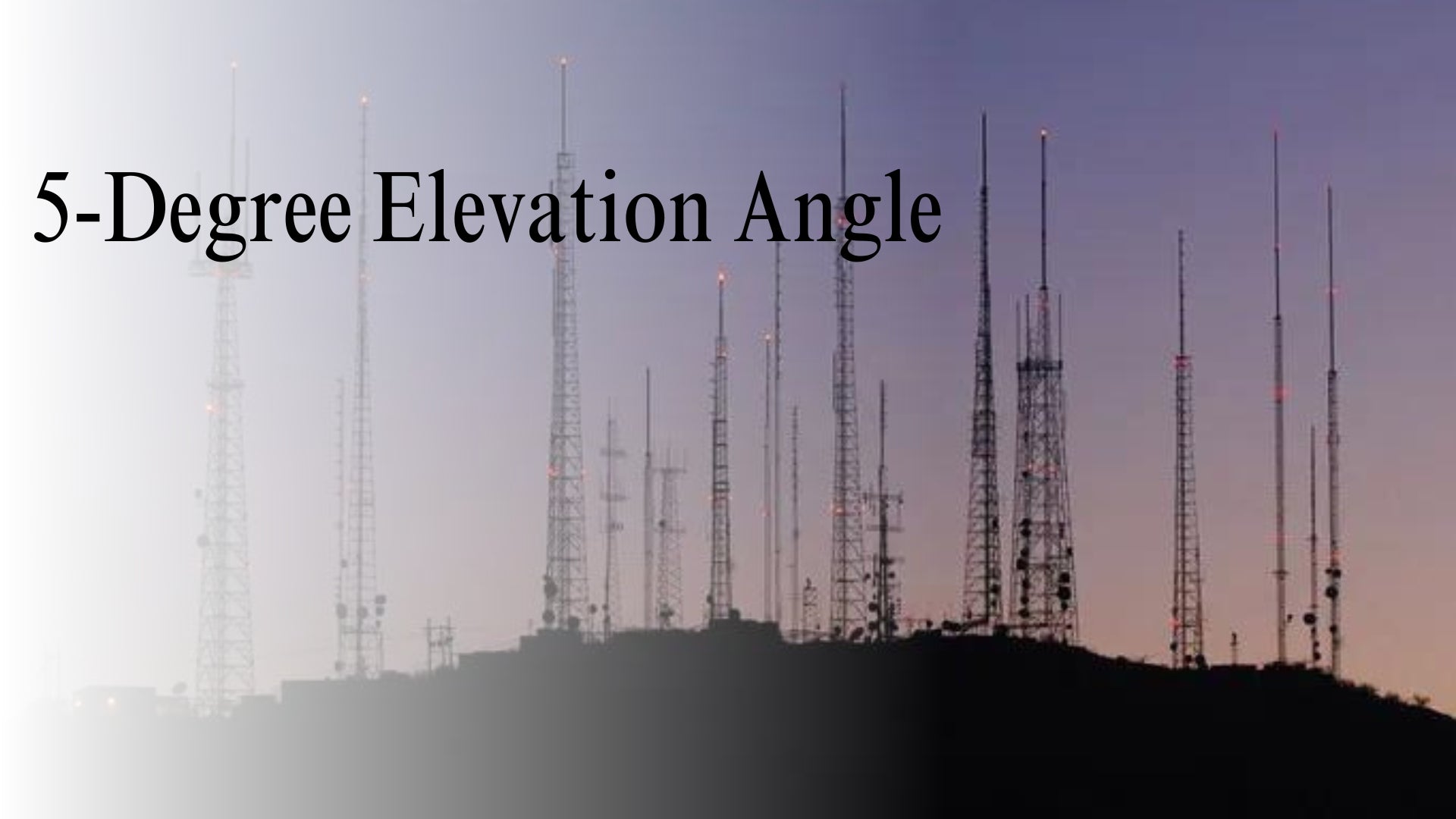
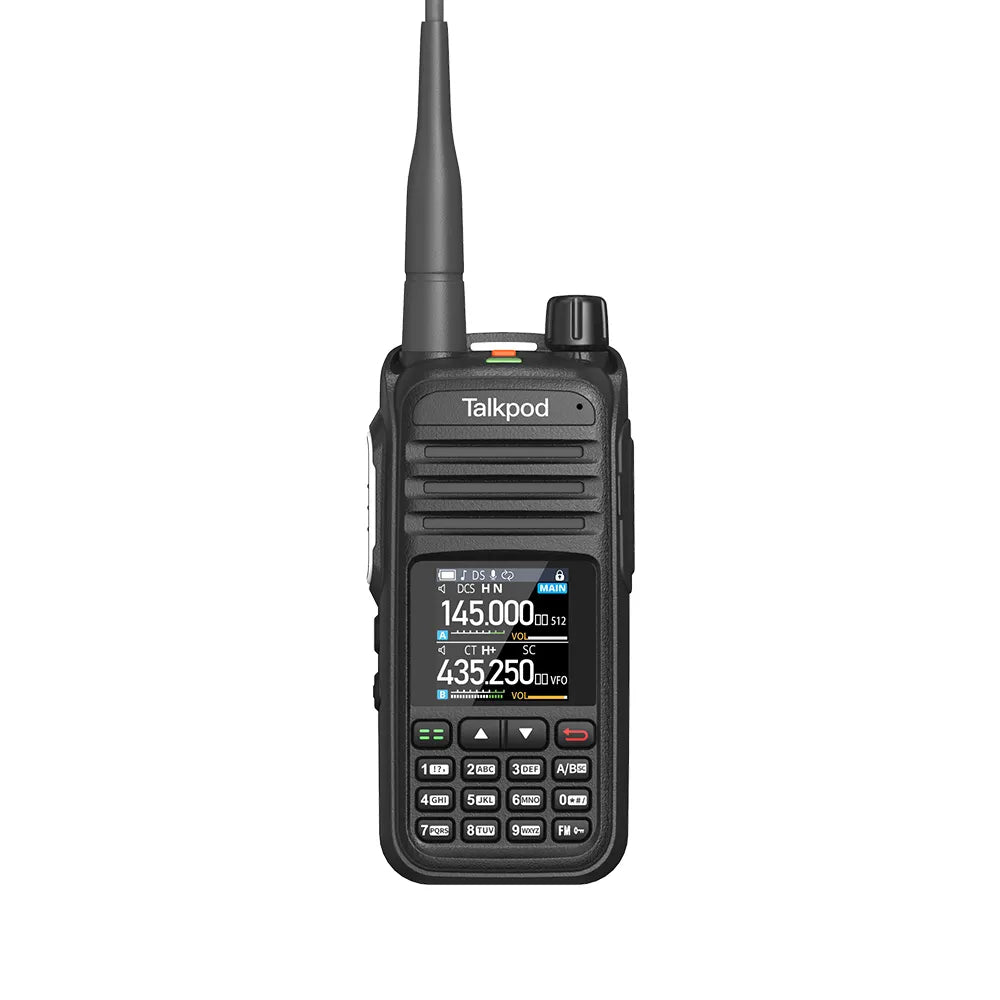
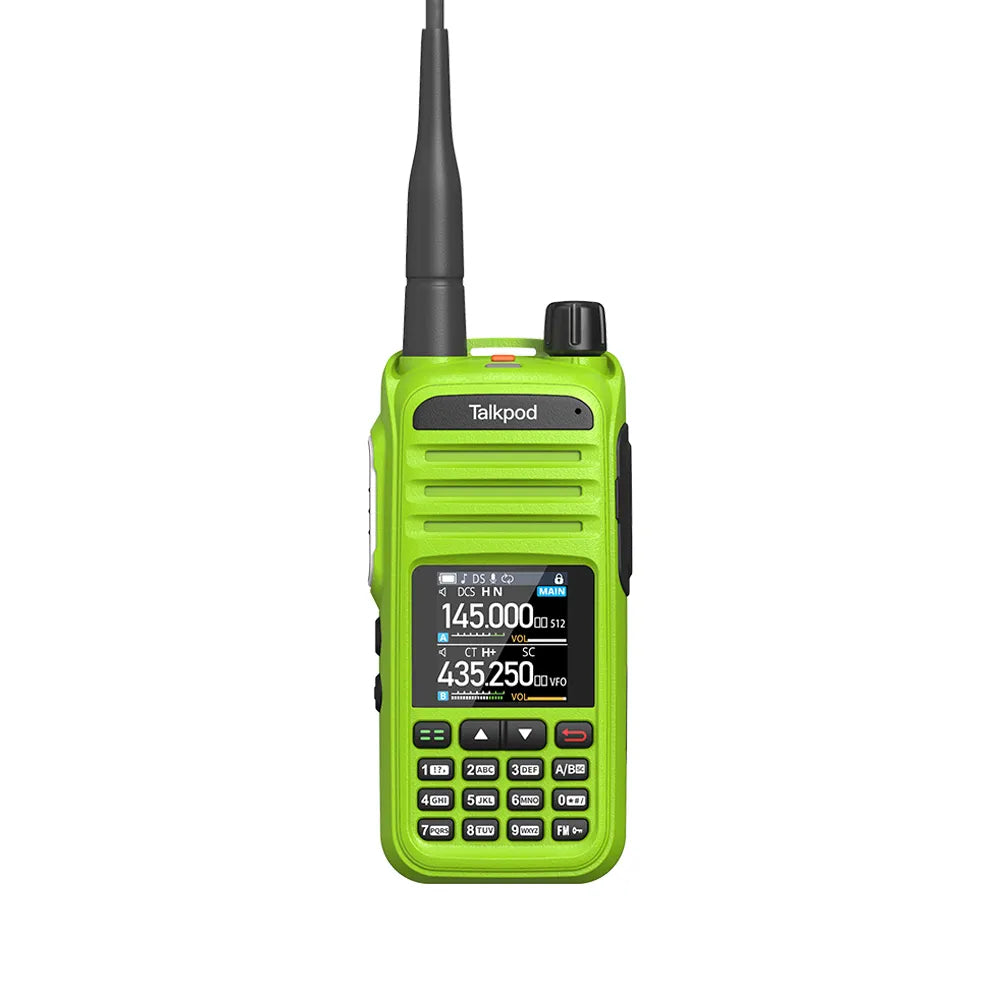
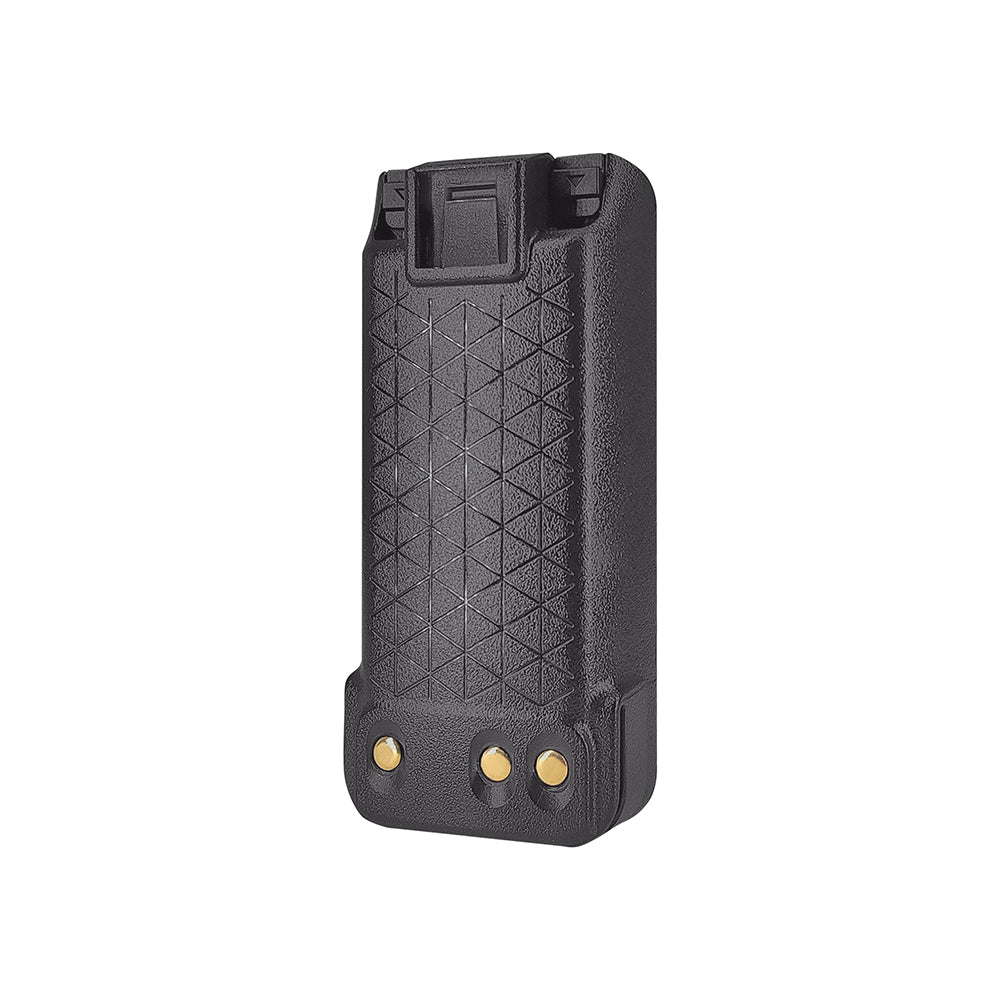
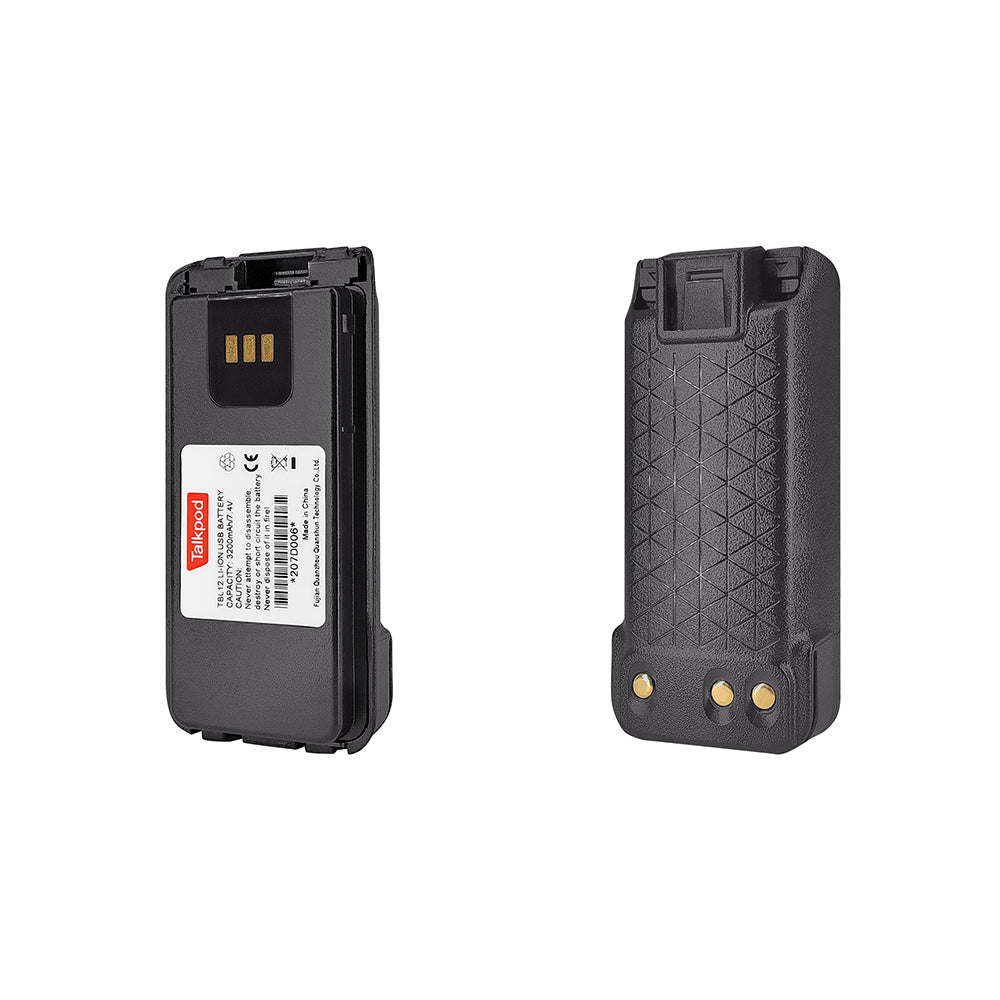
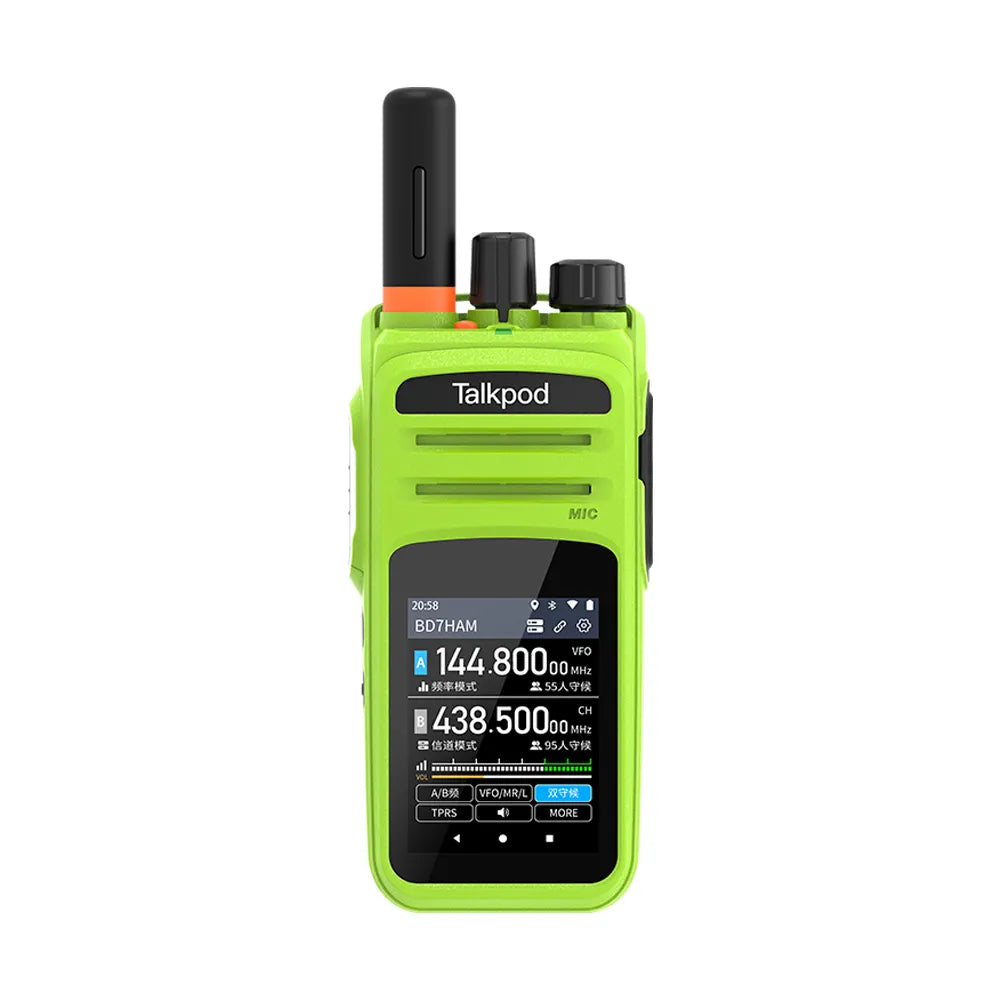
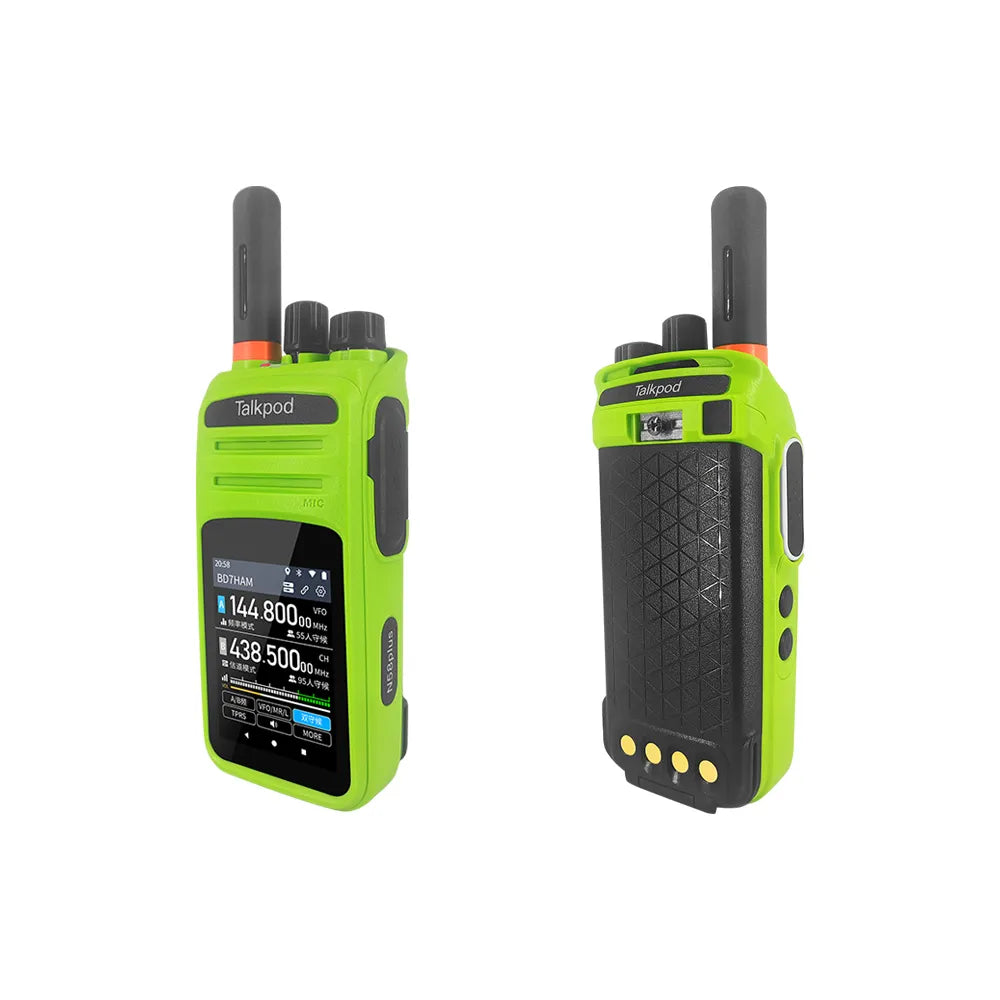
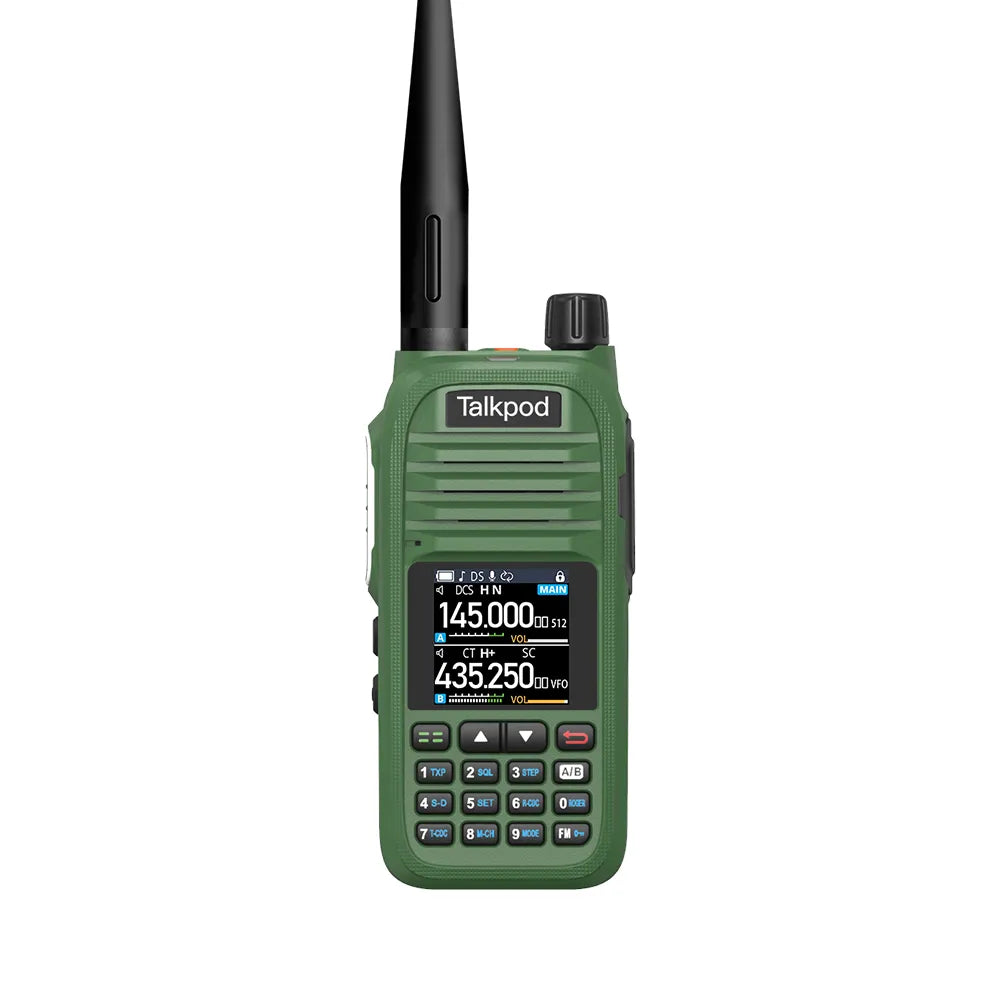
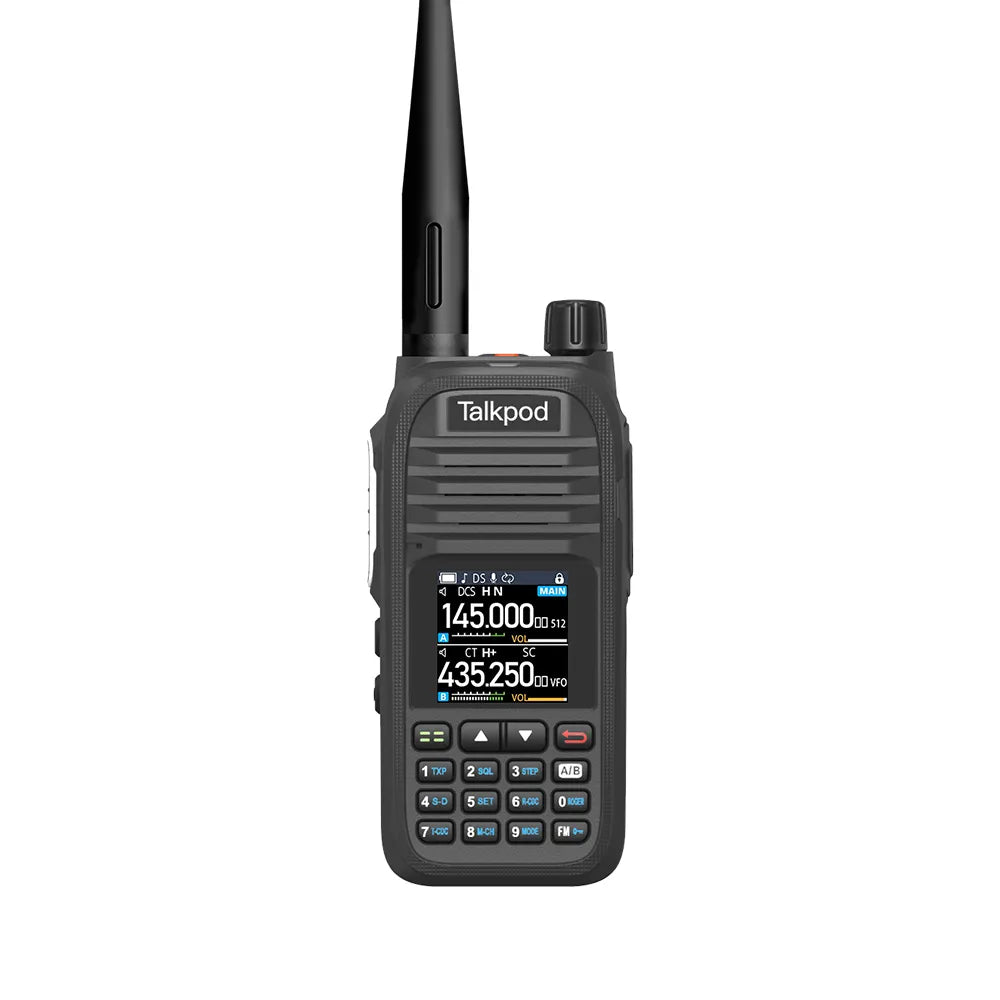
Leave a comment
All comments are moderated before being published.
This site is protected by hCaptcha and the hCaptcha Privacy Policy and Terms of Service apply.